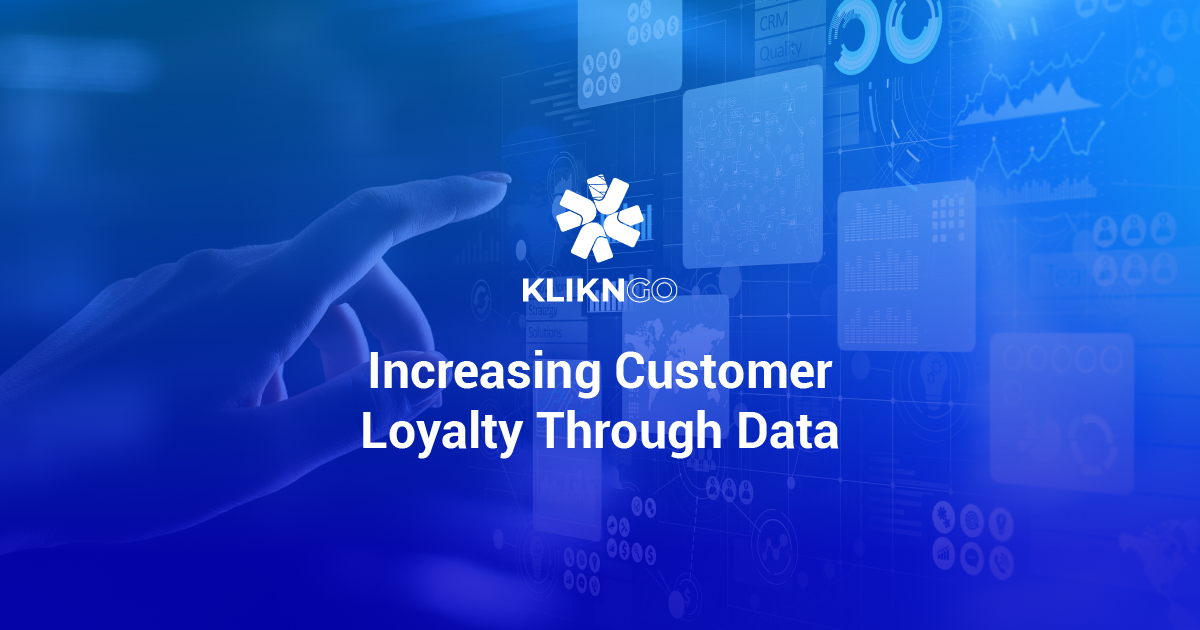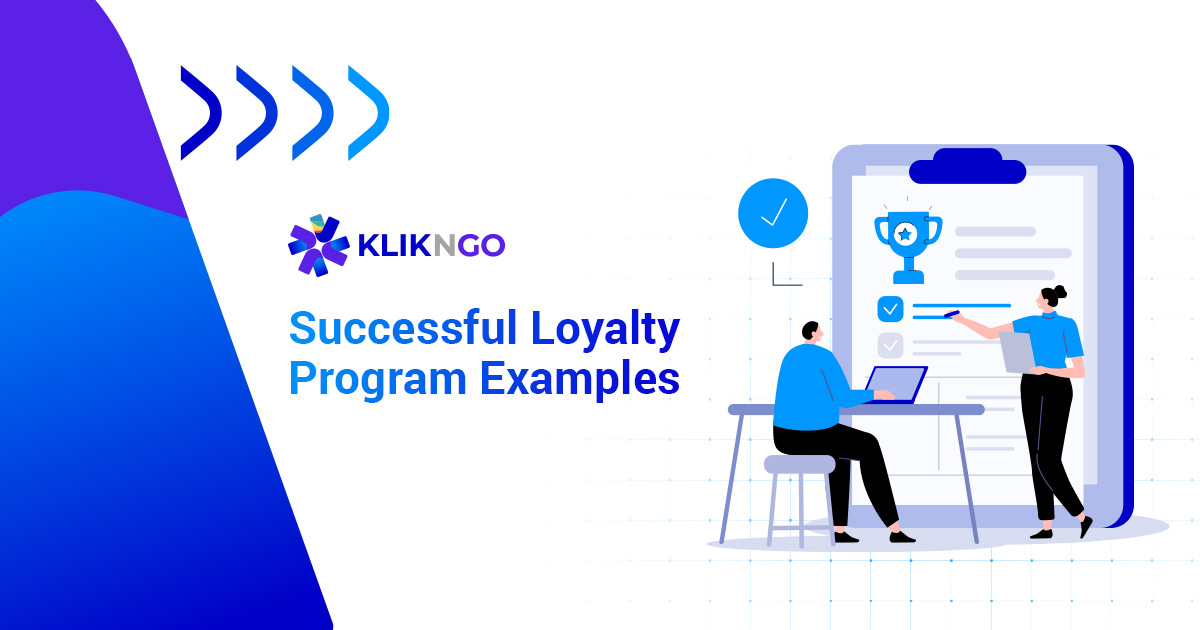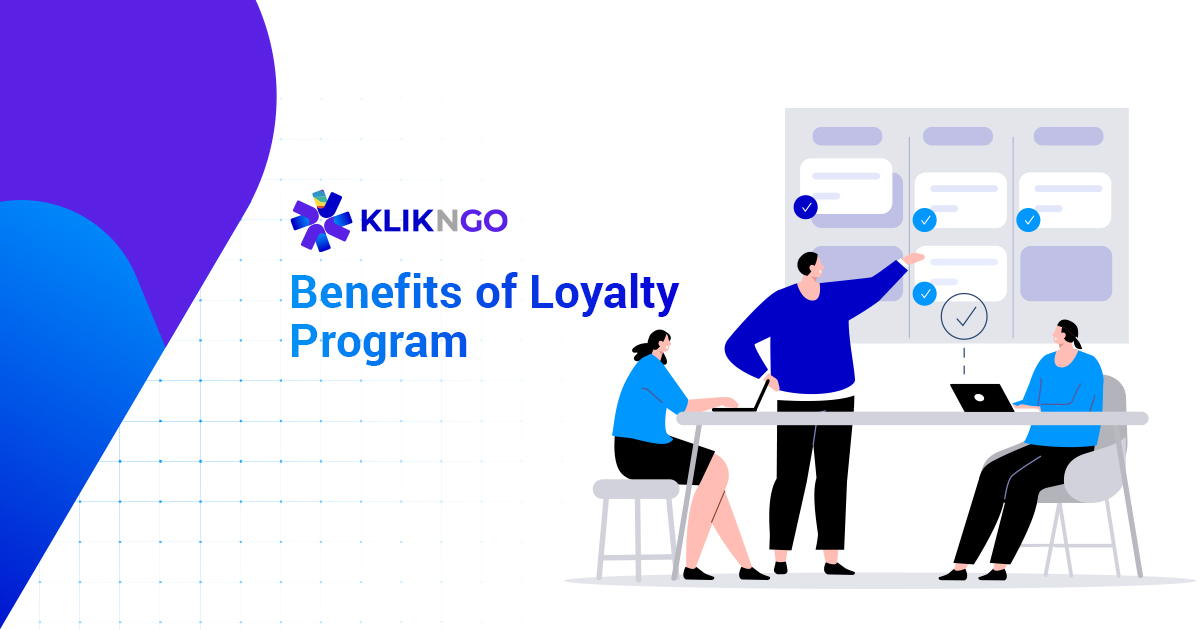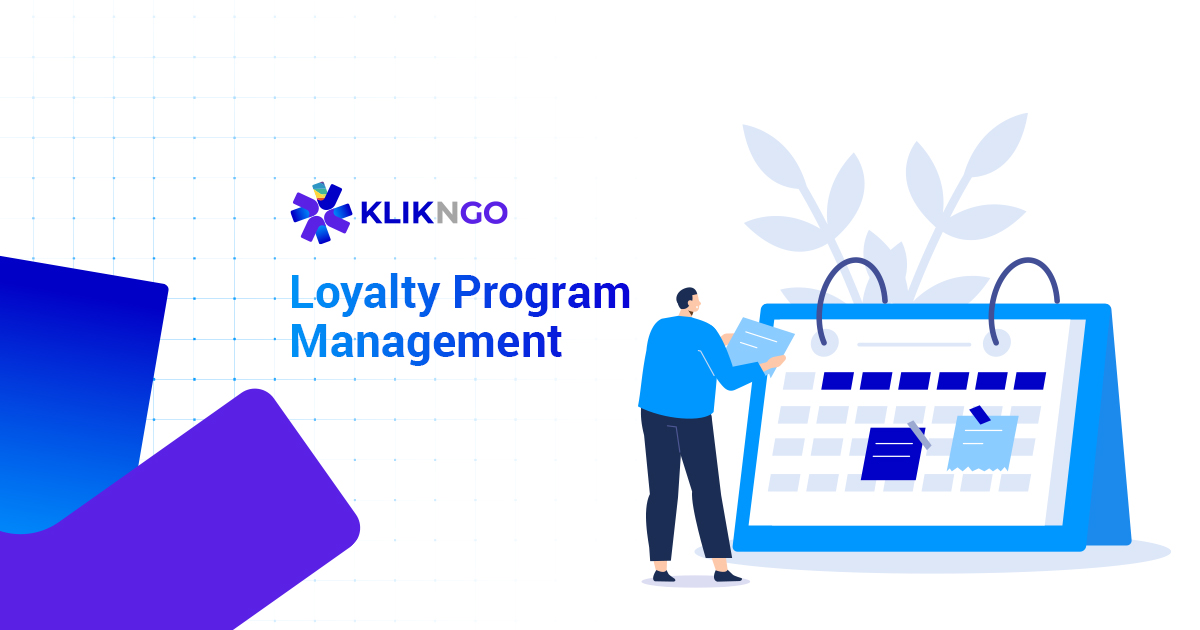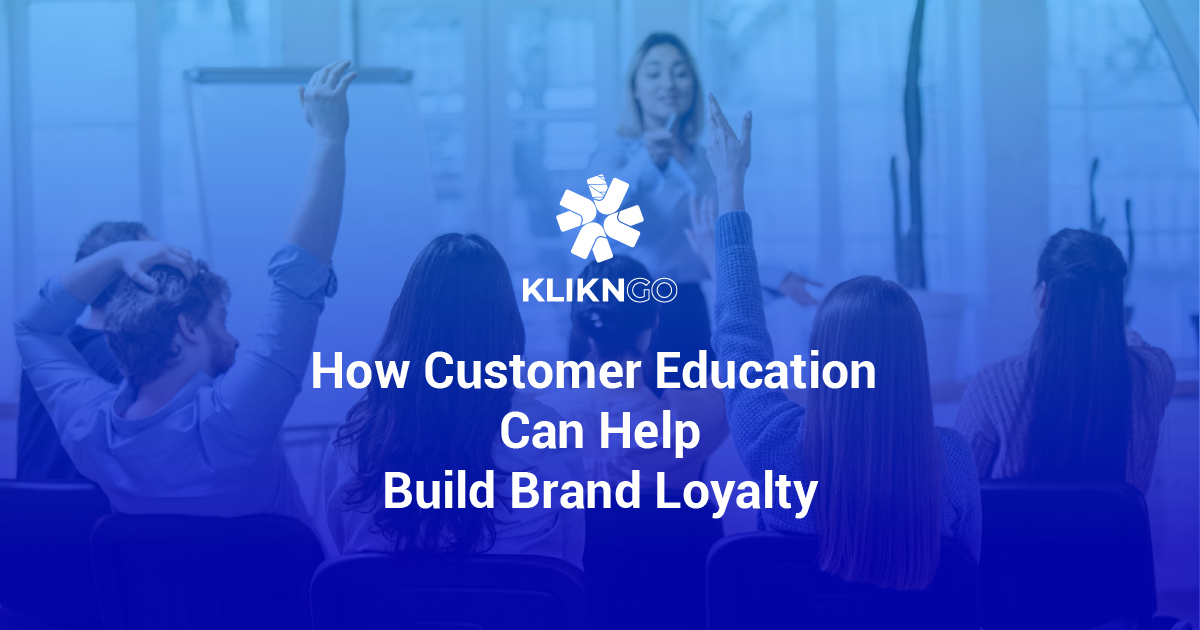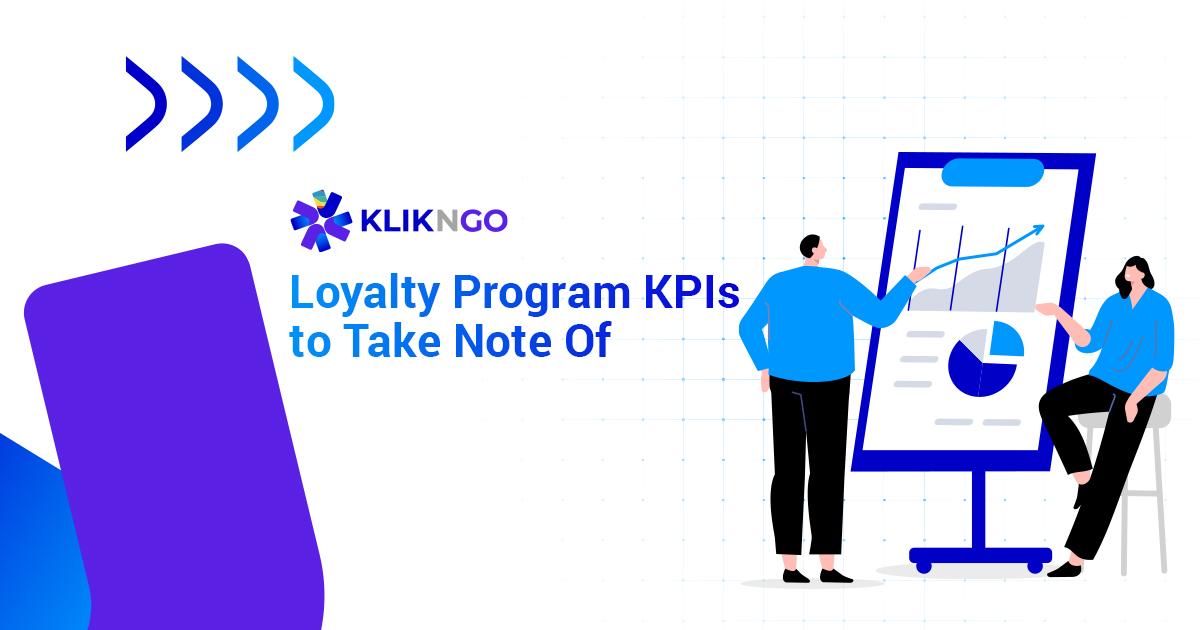Why Customer Data Matters For Loyalty
Customer data helps you understand your customers and build strong relationships with them.
You can collect and analyze customer data to learn their behaviors, preferences, needs, and satisfaction.
You can use this knowledge to customize your customer experiences, provide relevant and timely solutions, and reward loyal behaviors.
This will make your customers feel valued, appreciated, and engaged, and increase their loyalty to your brand.
Also, customer data can help you find your most loyal and profitable customers, and focus on keeping them.
Currati reported that loyal customers can net up to 10 times the revenue compared to customers who make single purchases. Plus, keeping existing customers is much cheaper than getting new ones.
However, customer data is not enough to guarantee loyalty. You need to use it smartly and ethically and respect your customers’ privacy and preferences.
You need to get consent to collect data, store it safely, and use it according to local laws.
You also need to be clear and honest about how you use customer data, and give your customers choice and control over their data.
CMSWire said that data privacy is key for customer trust and brand loyalty. If you abuse or mishandle customer data, you risk losing your customers’ trust and loyalty and hurting your reputation.
What Types of Customer Data You Need
Demographic & Segmentation Data
Demographic data tells you the characteristics of your customers, like age, gender, income, education, occupation, family status, ethnicity, and location.
These attributes help you know who your customers are and what motivates them.
Segmentation data helps you split your customers into smaller, easier groups based on how they are similar or different.
These groups, or segments, can be based on different criteria, like demographics, psychographics, behaviors, or needs. Segmentation data helps you reach your customers better and faster.
Customer Engagement & Behavioral Metrics
Customer engagement and behavioral metrics show how your customers interact with your brand on different channels and platforms.
These metrics help you measure how engaged, active, and loyal your customers are, and how you can improve your customer experience and retention.
Some examples of customer engagement and behavioral metrics are:
- Loyalty program metrics: These show how your customers use your loyalty program, like how many games they play, how often they redeem prizes, how much they spend, and how long they stay. Through this, you see how effective and attractive your loyalty program is, and how it affects customer loyalty.
- Website interactions: These show how your customers visit your website, like average engagement time, bounce rate, channels, conversions, and referrals. These help you improve your website design, content, and functionality, and increase customer satisfaction and loyalty.
- Mobile app usage: These show how your customers use your mobile app, like how often they use your app, what they do on there, do they make purchases, and how they rate and review your app.
- Social media metrics: These show how your customers engage with your brand on social media, like how many followers, likes, comments, shares, and mentions you have, which posts are they drawn to, do they click into your website on social media, and what is their sentiment and feedback.
Purchase & Transactional Data
Purchase and transactional data show your customers’ purchases and behaviors.
These data have details like when and how they buy, what and how much they buy, and any discounts or codes they use. Redeemed vouchers also show your customers’ loyalty.
Depending on your industry, you can typically break your customers down through this data. For example, you can find your most loyal customers by their purchase frequency, value, and recency.
You can use this to keep them, instead of getting new customers or making some loyal – as they’re more expensive to acquire.
Customer Service Interactions
Customer service interactions show how your customers contact and interact with your business for help and support. These data can tell you your customers’ emotions, preferences, and loyalty.
If you find out that some customers prefer vouchers as a means of compensation, they’ll be more likely to have those as rewards in the future – another way you can segment and reward your customers.
By giving the right compensation, you can make your customers happy and loyal. Medallia found that customers who get compensation after a bad experience are twice as loyal as those who get nothing!
Not only that, but customer service interaction data can also show you how long it takes to solve your customers’ tickets and how they feel about the resolution time.
For example, a long resolution time for tickets can be good, as it shows that they are patient enough to wait for the solution, rather than giving up your brand or product.
How to Use Loyalty Program Customer Data to Improve Loyalty:
Determine Your Objectives & Find a Strategy
Before you do anything else, you need to set your goals. Customer loyalty comes in different forms and you need different strategies for each one.
Do you want to increase sales, or are you more interested in other types of loyalty like engagement or brand loyalty? For example, Bugatti is a luxury brand that has a lot of loyal fans and followers on social media, but most of them can’t afford it!
Engagement and brand loyalty depend a lot on content marketing. Do you post regularly on social media? Or do you write helpful blog posts to teach your readers about your brand?
If you do, you should check your Google Analytics Data or social media dashboard to see which posts are popular and which ones are not. Then, you should focus more on the ones that work well!
For sales, you should look at your sales and feedback data and make your product better if you want to keep your customers loyal. It doesn’t matter how many coupons or perks you offer your customers – they will leave if your product is worse than your competitor’s!
Segment & Personalization
Segmentation and personalization come next and are key strategies for using customer data to boost loyalty.
They involve splitting your customers into smaller segments based on their traits, actions, or needs, and customizing your products, services, and messages to fit each segment’s preferences and expectations.
This way, you can achieve three main benefits: increase relevance and conversion, lower marketing costs, increase ROI, and enhance customer loyalty and retention.
Several studies have shown that segmentation and personalization can lead to higher customer engagement, satisfaction, and retention.
One of the most popular and effective methods to segment your customers is by their customer journey in the funnel.
The funnel is a framework that shows the stages that customers go through from becoming aware of your brand or product to making a purchase and beyond.
The funnel usually has three stages: top, middle, and bottom of the funnel. By segmenting your customers by the funnel, you can tailor your customer experience to their level of awareness, interest, and loyalty.
For instance:
You can offer freebies, such as ebooks, webinars, or trials, to top-of-the-funnel customers who are just learning about your brand or product.
You can provide testimonials, case studies, or reviews to middle-of-the-funnel customers, and other benefits to those who are interested in your brand or product, but are not ready to buy or engage yet.
You can give discount codes, vouchers, or loyalty points to bottom-of-the-funnel customers who have bought or decided to buy your brand or product to keep them engaged.
In conclusion, segmentation and personalization are vital ways to use customer data to improve loyalty. By segmenting and personalizing your customer experience, you can deliver more value and satisfaction to your customers.
Use transactional and behavioral data to personalize your customer experiences. With KlikNGo’s CRM, you can segment your customers based on their data and preferences, and send them targeted marketing campaigns that match their tastes.
Detecting Trends At Scale Using Data
The next step is to detect trends at scales, which many companies fail to do properly. Detecting trends is a big challenge and needs a lot of data to be analyzed. Also, data collection has to be strong to get data from all touchpoints.
Before working with us, many of our clients had one main problem, which was they couldn’t sync online and offline data. Many CRMs on the market can analyze online data very well – but can’t get offline data from their store, roadshows, and events.
That’s why we created KlikNGo, our flagship CRM. Before, we made this omnichannel data collection feature only for some clients – which was costly and resource-intensive.
Many businesses can’t spend so much on this feature, that’s why we used our expertise and knowledge to make this feature ready to be customized by any business!
With this feature and some hardware, you can get data from your store and events – like how many vouchers were given and used, engagement time, surveys and feedback, etc.
You can detect trends very fast with this feature and have all the data you need to make decisions. For industries like service and hospitality, you can’t just use online data but also need offline data!
If you want to know more, you can check our product page – no strings attached!
Resolve Problems Proactively & Continuously Improve
Another way to use customer data to improve loyalty is to resolve problems proactively before they escalate or affect the customer experience.
Proactive problem resolution means anticipating and addressing potential issues that may arise in the customer journey and communicating with customers about them in advance.
This can prevent customer frustration, increase trust, and reduce churn. Reactive resolutions, on the other hand, are problems that your customers bring to you, usually through social media or your customer service team.
To do this, you need to collect, combine, and analyze engagement, behavioral, and customer service interaction data from various sources, such as feedback surveys, social media, product usage, and customer service interactions.
This can help you identify patterns, trends, and anomalies that may indicate a problem or an opportunity for improvement – before it becomes an even bigger problem.
There were so many times when some of our previous clients delayed fixing certain problems, and it dropped their customer loyalty metrics.
Be Transparent With Your Data Collection and Usage to Build Trust
Being transparent with your data collection and usage is essential for increasing loyalty, but it’s often not as easy as it sounds.
Transparency means not only explaining what data you collect, but also the reason, use, and protection of it.
VentureBeats reports that an impressive 94% of consumers value knowing how brands use their information.
To succeed in transparency and ultimately build trust and loyalty, you should convey the benefits customers receive from sharing their data.
Adobe, a great example of this, recommends a proactive approach, advising to “lead with data transparency to create personalized customer journeys.”
Giving customers tools and access to change their privacy settings shows that you’re genuine.
Also, telling customers about any changes to data policies and getting their permission when needed makes a good relationship. In the digital age, transparency is not just a good thing to have; but it’s a smart way to leverage goodwill to build customer loyalty.
Conclusion
Understanding your customers through their data is crucial for building their loyalty. By analyzing transactional, behavioral, and feedback data, you can tailor customer experiences, anticipate issues before they arise, and design personalized loyalty programs.
This approach fosters long-term relationships and boosts both customer loyalty and sales. Ready to get started? Use customer data today and experience the difference!
While you’re at it, why not check out our loyalty solution, perhaps you might find something that fits your business!

